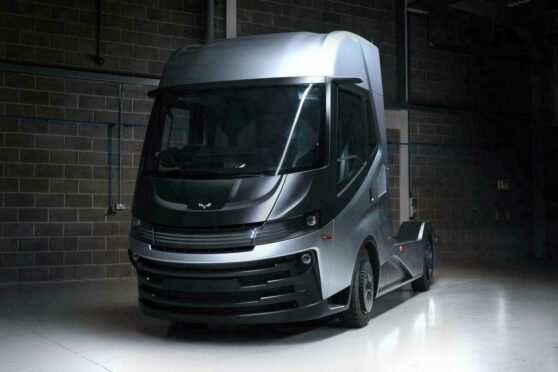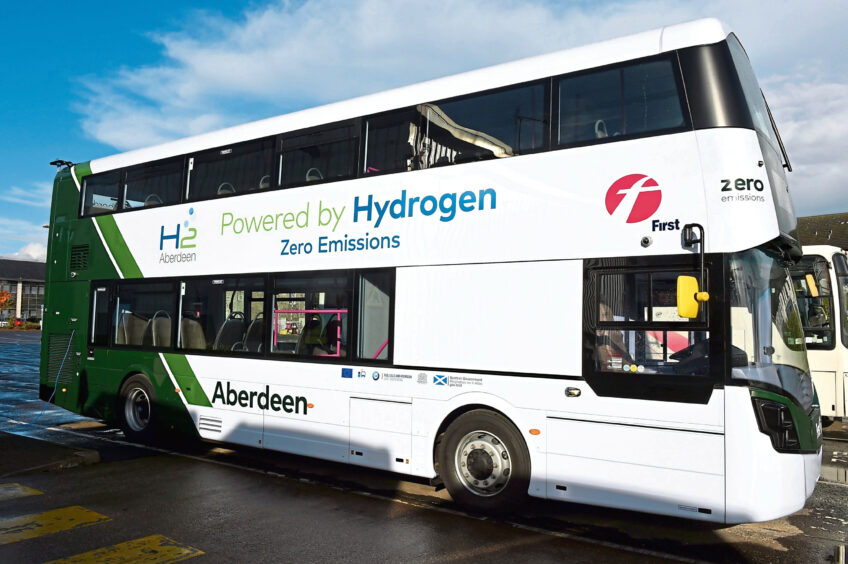Hydrogen Vehicle Systems (HVS) has unveiled what it believes to be a ‘hint’ of future zero-emissions heavy goods vehicles.
The hydrogen-powered 5.5-tonne demonstrator is an insight into the company’s planned 40-tonne HGV, which aims to be the first UK designed and developed hydrogen-electric HGV on the market.
Founded in 2017 in Glasgow, HVS specialises in ground-up design and creation of hydrogen commercial vehicles.
Decarbonsing the logistics sector
It has already secured funding from Innovate UK, Scottish Enterprise and Energy Technology Partnership. It also has a key investment partner in the service station corporation EG Group.
HVS CEO Jawad Khursheed said: “This technology demonstrator showcases our ground-breaking hydrogen-electric commercial vehicle design and advanced powertrain technology, a precursor to our HGV model.
Hydrogen is the perfect fuel for the haulage industry, offering long ranges and quick refuelling
“Fuelled by close-coupled green hydrogen (hydrogen produced directly by renewable energy sources such as hydro, wind or solar) our zero-emission trucks are a key part of decarbonising the logistics sector.
“Hydrogen is the perfect fuel for the haulage industry, offering long ranges and quick refuelling thanks to stations easily integrated into key transport networks.”
HVS models will all be built on a new chassis designed in-house and centred around the hydrogen powertrain. It uses pressurised hydrogen cylinders, fuel cells, a battery and a new eAxle.
Over 310 miles on single hydrogen fill-up
Having been designed to be powered by hydrogen from the ground-up, it enables the trucks to deliver the best possible efficiency.
It also uses a KERS (kinetic energy recovery system) to harvest some of the energy that would otherwise be lost when slowing down or braking.
HVS states that the hydrogen HGV can travel ‘in excess’ of 500km (310 miles) from a single fill-up, while topping up the truck with hydrogen is comparable in time to filling a truck with diesel.
Recently, HyGen Energy Holdings Limited annouced that plans were under way for domestic hydrogen fuel access. Andrew Newman, head of development, said: “As well as deploying hydrogen for commercial customers, we are already working on projects with the specific objective of making hydrogen available to all road users, including the public.”
Vicki Butler-Henderson: Embracing e-fuels could save our classic cars












Conversation